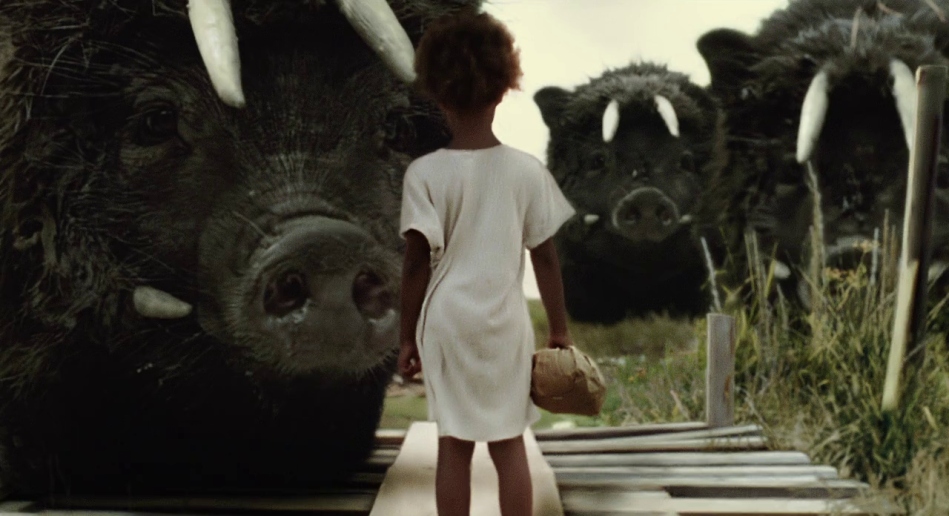
There may be beasts of the southern wild, but there are mysteries of the Georgia coast, too. Out on Sapelo and the other barrier islands, there are settlements of Gullah, descendants of slaves, who've developed their own culture and language derived from English and African dialects. Legend has it that at Ebo Landing, a group of slaves that had just arrived in the New World drowned themselves en masse while still shackled together when they realized what was in store for them in America. To this day, blue-shell crabs from the waters at Ebo Landing have strange markings on their back that look oddly like African faces. There are old, abandoned, antebellum plantations, and homes and lighthouses reported to be haunted. There's even an unexploded hydrogen bomb lost somewhere beneath Wassaw Sound following a mid-air jet collision.
Sapelo Island, reachable only by boat, has been described as "a tangle of salt marsh and sand" that holds one small town, Hog Hammock, itself not much more than a collection of small houses and a historic cemetery, with a dusty general store and a part-time restaurant. Still, Hog Hammock is home to the largest community of Gullah between North Carolina and Jacksonville, Florida. Families on the island have roots going back two centuries and the town is on the National Register of Historic Places. The Sapelo Island Heritage Authority was created in 1983 to protect the Gullah culture, but according to the NY Times, it is still "one of the most fragile cultures in America."
Over the last few years, stiff increase in county property taxes, reportedly up to 600 percent in some cases, have the Hog Hammock residents wondering if their community will prevail. Most residents cant pay the new rates. The increases may be driven by a shifting economy, bureaucratic bumbling, and a relentless market for a waterfront home, but the relationship between Sapelo residents and county officials has long been strained, especially over race and development.
County officials claim they are not trying to push anyone off of the Island, and have offered nominal 15 percent reductions to the inflated valuations until appeals on the taxes can be heard. But most residents can't pay even the reduced rate being offered.
I visited Hog Hammock one time, back around 1982 or '83, as part of a beach-nourishment study for the state Geological Survey. Everyone there was exceptionally kind and friendly to us, and shared their humble community with their mainland visitors. We spent the night at an old RJ Reynolds plantation house, one of those old, abandoned antebellum houses that is now part of an oceanographic institute of the University of Georgia. It was a strange night; there was no one at the house to greet us or check us in, and we wound up sleeping in two empty beds that we found on an abandoned floor of the building, with no idea whether or not someone was going to show up later and claim the beds and the room as theirs. No one did, and we made the beds up as neatly as we could before we left the next morning.
The island has no roads, no water or sewer services, no police, no health services, no schools, or any other visible benefit for the taxes charged. It is hard to imagine anything that warrants the tax increases, other than the greed of developers who want to force the Gullah off of their ancestral land so that townhomes, hotels, condominiums, and resorts can be built.
If anything ever does get developed there, it will most likely be out of my price range, but in any event, I would boycott the development if it were built on the premise of taxing the Gullah off of the island.

1 comment:
Sapelo Island is such a special place! I used to go there when I was a student at UGA.
Post a Comment